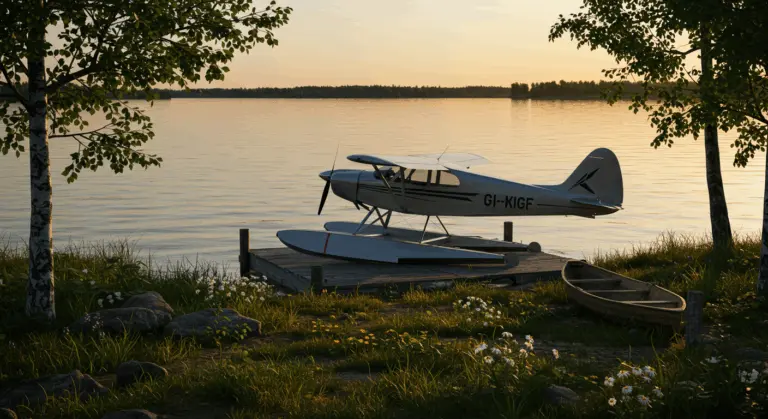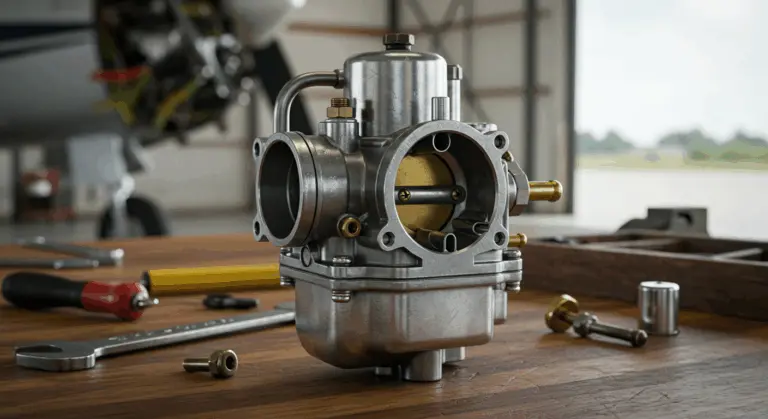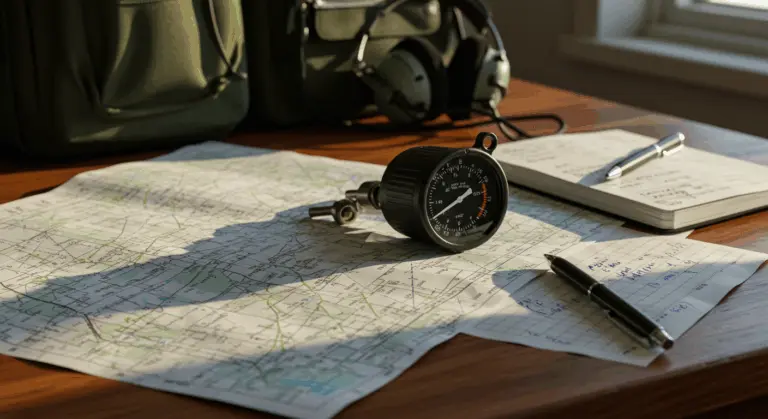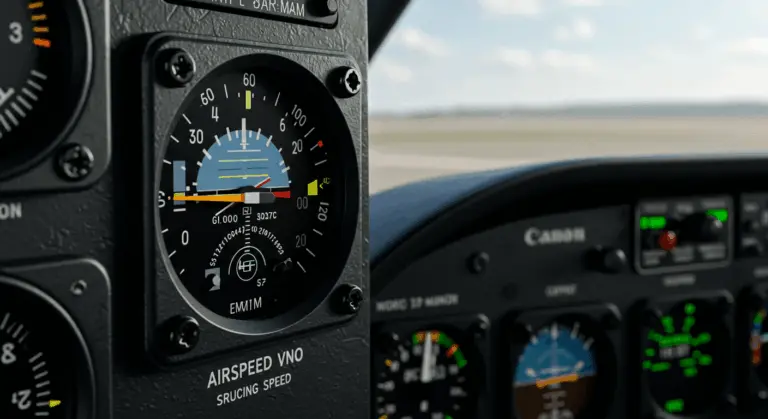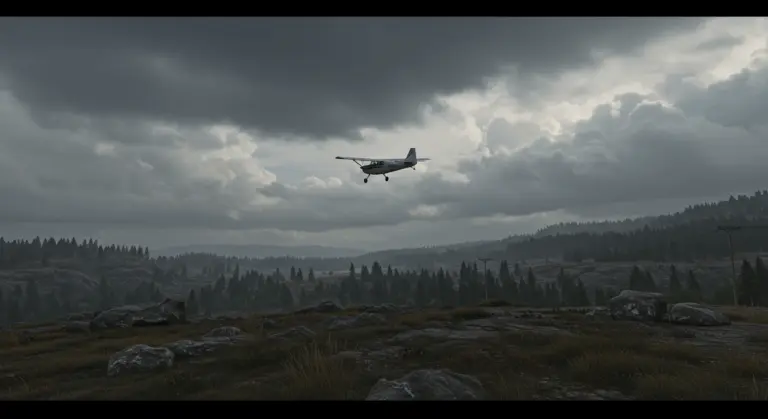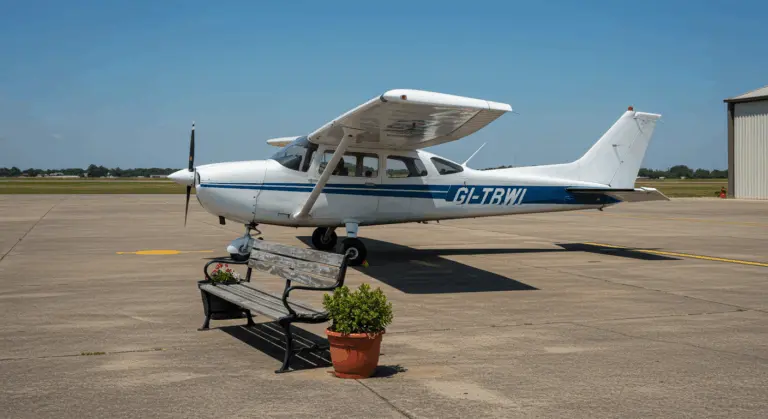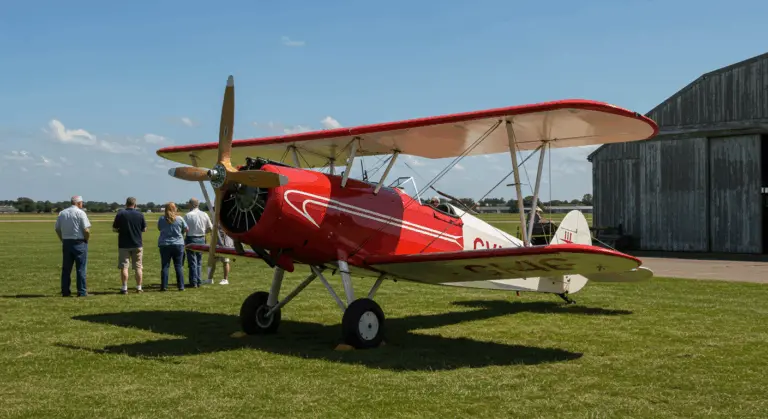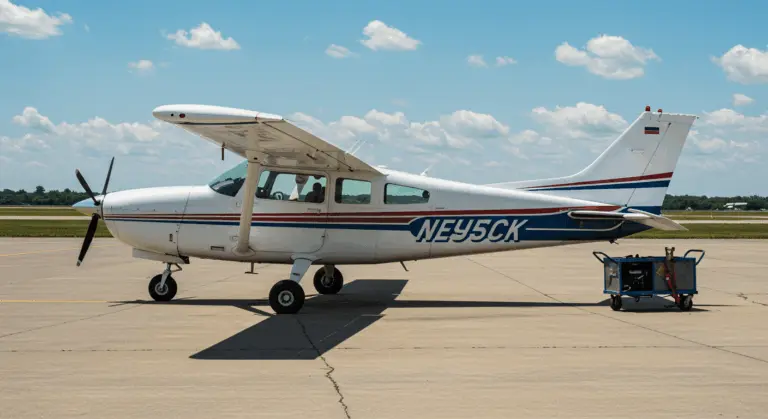Lake Amphibian – Comprehensive Guide to Lake Aircraft
Pilots seeking access to remote lakeside destinations often face a difficult choice between conventional aircraft and specialized seaplanes. Lake Amphibian aircraft neatly address this dilemma by combining the ability to land on both water and runways in one aircraft. First developed from David Thurston’s innovative designs in the late 1940s, these distinctive high-wing aircraft have evolved through multiple models including the popular Buccaneer and LA-250, while maintaining their signature hull configuration and practical utility for adventure pilots and bush operators.

